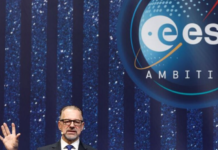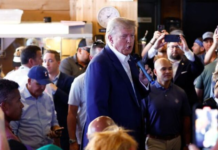If it is true that the best compromise is the one that makes nobody happy, the new regulations pertaining to what manufacturers and consumers must do to qualify for the US EV tax credit that was part of the Inflation Reduction Act must be the greatest compromise in history. Other than Treasury Secretary Janet Yellen, nobody is happy with the regulations as written. Nobody. In order to get some or all of the money, there are five hurdles the manufacturer and customers must clear first.
Before we go any further, note that almost everything about the EV tax credit changes next January 1. As of that date, the tax credit will become more of a point-of-sale rebate that will be applied by the dealer to lower the price of a vehicle directly. But that is then and this is now. The new regulations are scheduled to take effect on April 18, which means customers have about 19 days to get the full credit, no questions asked, provided the car they are buying or leasing has its final place of assembly in North America and the sales price is $55,000 or less for sedans and wagons or $80,000 or less for SUVs and light trucks.
The buyer must still meet certain maximum income requirements, but the whole impact of battery materials and component sourcing requirements doesn’t take effect until April 18. On or after that date, the federal EV tax credit will be split into two parts — half if the materials criteria are met and another half if the battery components criteria are met. A particular electric car could be eligible for both, half, or none of the tax credit.













